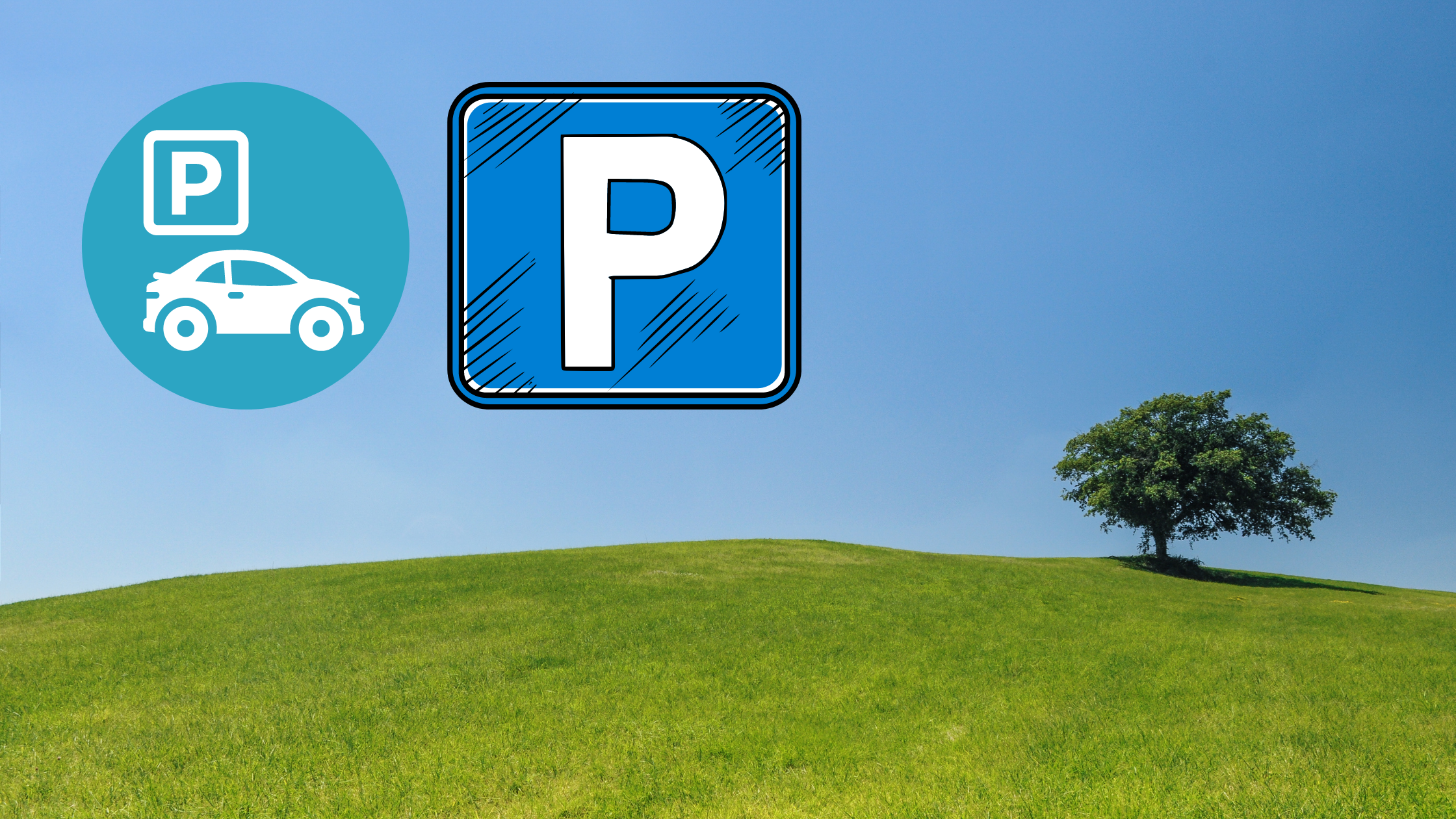This post may contain affiliate links.
Parking on a hill – what’s the big deal?
Parking on a hill is not that different from parking on a non-hill. But you do need to consider a few things to make sure it’s going to be safe when you are learning how to park; and for the rest of your parking career.
If you don’t take care of this, your car could end up rolling down the road by itself. It would keep rolling away until it crashes into something; whatever happens to be in the way. Obviously this would be bad.
Sometimes, mechanical failure will occur, no matter what precautions you’ve taken beforehand. Even in this case, you still have the option to set up your vehicle for the lesser of two evils.
And that is what hill parking is all about.
Not sure about you, but we strongly believe this is worth the little extra time it takes to set this up every time you park your vehicle on a hill. I know about evil, and I vote for the less of it personally.
So when I say how to park on a hill, what I really mean is:
- Doing things in a certain order when you park on a hill.
- Following a procedure to ensure safety, including testing the quality of your parking skills before leaving the car.
- Turning the steering wheel a certain – intentional – direction before leaving the vehicle on a hill.
Try to Avoid Dry steering
What is dry steering?
Dry steering? What is that, you ask? No, it doesn’t mean your steering needs WD-40.
Dry steering simply means you are steering while the vehicle is completely stopped. In other words, you are turning your steering wheel at the same time as your tires are not moving at all.
Why does this matter?
Many new drivers are tempted to dry steer. This is probably because it seems easy, assuming your car has power steering.
Power steering is one of the reasons we recommended avoiding this habit. This technique is hard on the power steering components.
It is also hard on your tires. Just make sure the tires are moving even slightly when you are turning the steering wheel to avoid this.
Your car will not explode if you dry steer, but it is just unnecessary wear (and potential costs) on the components over time.
If you:
- have unlimited cash
- don’t really care about your vehicle
- don’t mind extra time & inconvenience spent waiting for the vehicle in a repair shop…
…then by all means, knock yourself out with the dry steering and let me know how it goes.
How to Park on a Hill Diagram
Here’s the basic idea and which way you should turn your wheels depending on the type of hill.

These folks in Burnaby know how to park on a hill
Beautifully done

How to Park Uphill With Curb
When you park uphill with a curb, you should turn your wheels to the left.
That way, in mechanical failure, the front right tire will rest against the curb and prevent the car from rolling away into the road where it could cause a collision.
How to park Uphill Without a Curb
Parking uphill without a curb (parking beside just grass or dirt), turn wheels to the right.
This is so that if the car starts rolling away without you, it will roll into the grass or front lawn and not into the road or intersection where it could hurt people.
How to Park Downhill
When you park downhill, you should turn your tires to the right assuming you are parked on the right side of the road.
In the case of mechanical failure, the car will go into the curb or off the road, and not potentially straight into intersections and cause a collision.
If there is no curb, still turn right. The vehicle will go into the yard, fence, etc.,
This is better than going into an intersection where it could hurt people.
Cars and property have insurance. Cars and things can be replaced; people can’t.

Conclusion
Parking on a hill is a thing you may have to do to pass your driving exam. But it’s really more important for real life, since that’s when you’ll actually be leaving your car after you park it (I know, very profound).
It’s not difficult to park on a hill. You basically have to know which way to turn the wheel when you’re leaving your car. Cars are mechanical things and have mechanical parts that do break down sometimes.
Setting the wheel a certain position will ensure that the least amount of damage is done if mechanical failure does occur. Vehicles have rolled away without a driver and people have been hurt or worse.
Mastering this simple skill will ensure your vehicle won’t end up somewhere terrible. It’s worth it just for the peace of mind.
Read more:
